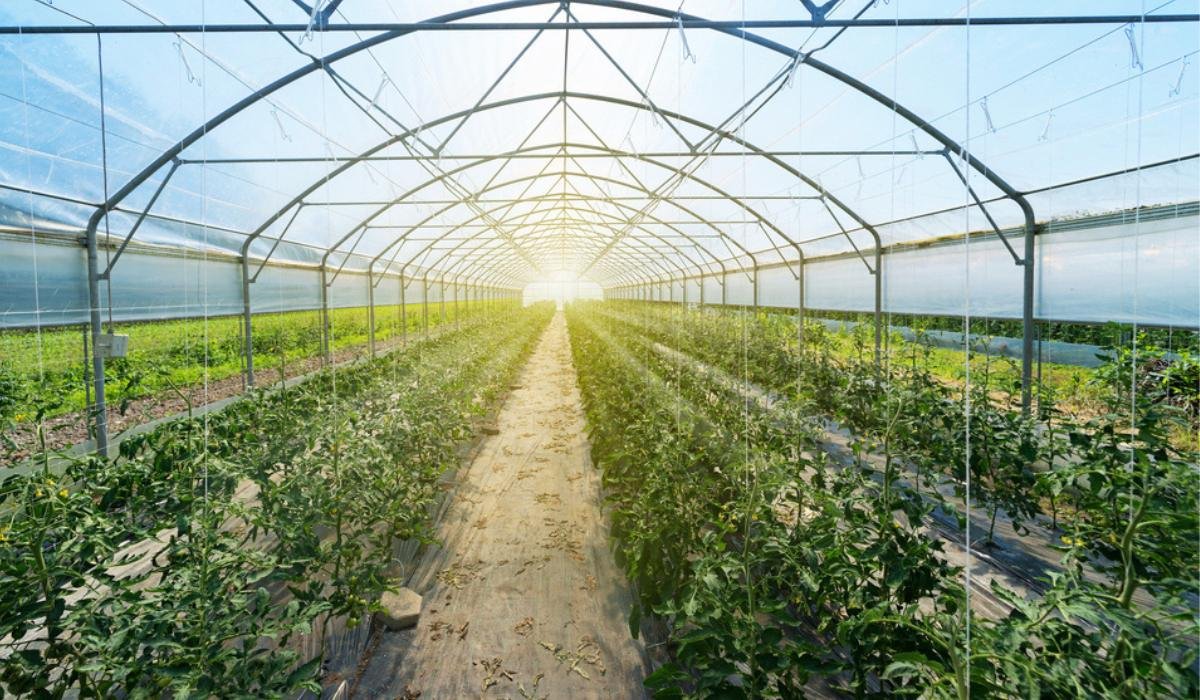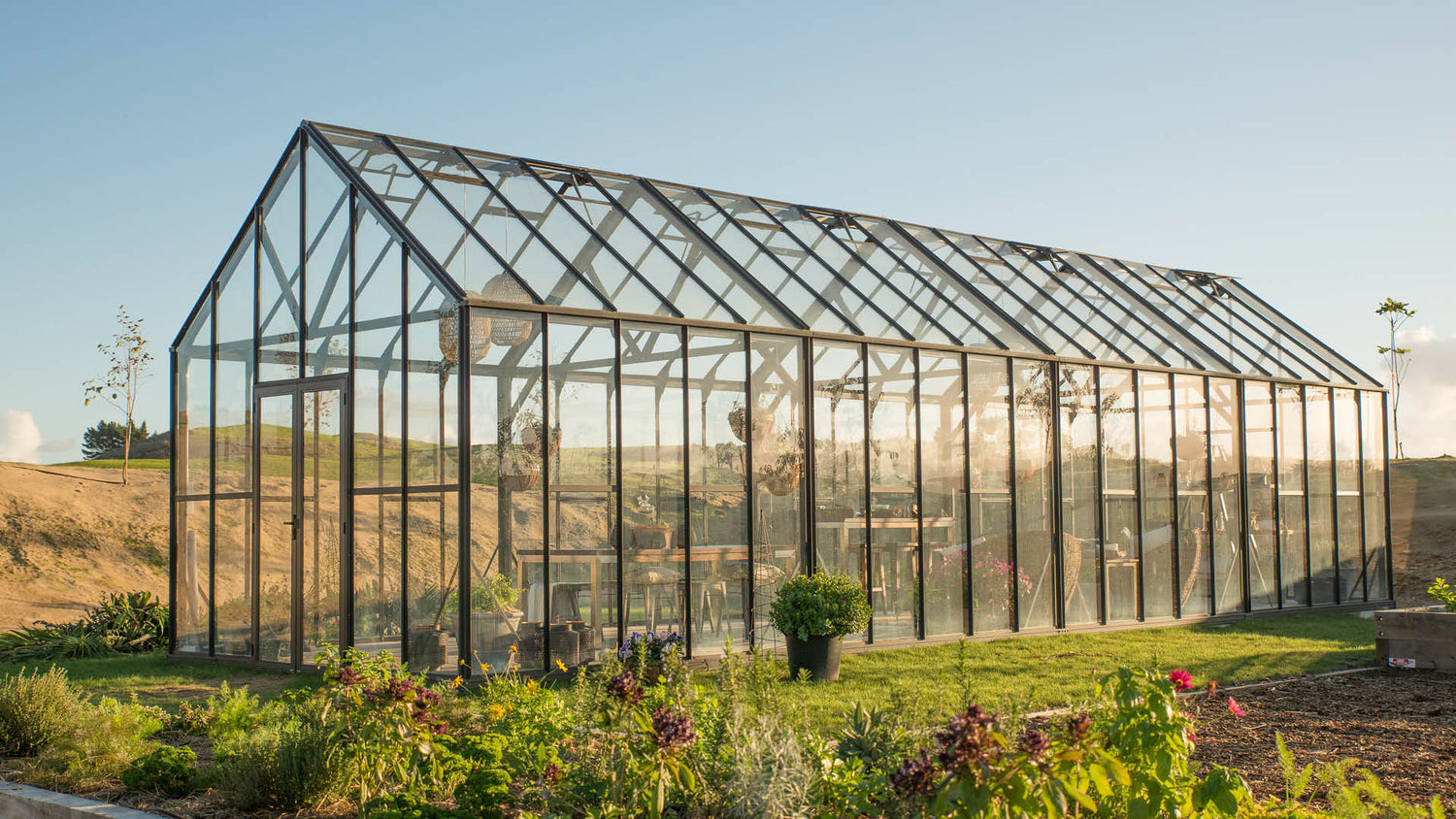Growing Quality: Monarch Greenhouse Construction Utah Best
Wiki Article
The Future of Greenhouses: Developments in Lasting Farming
Are you curious concerning the future of greenhouses and how they are revolutionizing lasting farming? From sophisticated environment control systems to vertical farming strategies, water-efficient watering techniques, renewable power combination, and smart data analytics, these developments are transforming the way we grow our food.Advanced Environment Control Equipment
To accomplish optimal growing conditions, you can count on the improvements in greenhouses with advanced climate control systems. These systems have revolutionized the way we grow crops, giving a regulated atmosphere that contributes to plant development. With these innovative systems, you can now adjust temperature, humidity, light levels, and even carbon dioxide focus to develop the excellent conditions for your plants to grow.One of the key attributes of these innovative environment control systems is their ability to regulate temperature. By making use of sensing units and automated controls, the greenhouse can adjust the temperature based upon the certain requirements of the plants. This guarantees that they are never ever revealed to extreme warm or chilly, which can be destructive to their development.
Moisture control is one more vital element of these systems. By keeping the optimal moisture levels, you can prevent problems such as mold, mold, and illness from impacting your crops. These systems can likewise regulate the quantity of light that gets to the plants, ensuring that they obtain the optimal amount for photosynthesis.
Additionally, advanced climate control systems can also adjust CO2 focus. By raising the degrees of CO2 in the greenhouse, you can improve plant development and performance. This is specifically valuable in locations with reduced all-natural CO2 degrees.
Upright Farming Methods
One essential vertical farming method is making use of piled growing systems. Stacked growing systems are generally used in metropolitan locations where area is limited.One preferred method is referred to as vertical hydroponics, where plants are expanded in nutrient-rich water without soil. This strategy is very effective as it lowers water use by up to 90% compared to standard farming techniques. Furthermore, since the plants are expanded inside, they are shielded from diseases and parasites, minimizing the demand for chemicals.
Another strategy is aeroponics, which involves putting on hold the plant roots in a haze or air atmosphere. This technique allows for optimum nutrient absorption and oxygenation, leading to faster development and greater returns. Aeroponics likewise makes use of much less water than conventional farming and can be implemented in upright systems, making it a preferred selection for upright farming.
Water-efficient Irrigation Techniques
Taking full advantage of water conservation is necessary when it pertains to implementing water-efficient watering methods in lasting farming. With global water shortage coming to be a pushing problem, it is essential to establish ingenious strategies that maximize water use in greenhouse procedures.One promising technique is drip watering, which provides water straight to the plant roots, reducing waste and evaporation. By utilizing a network of tubes with tiny emitters, water is used slowly and precisely, making sure that plants receive the required moisture without excess drainage.
One more reliable method is making use of soil moisture sensing units. These tools measure the wetness material in the dirt and give real-time data to farmers. By keeping track of the dirt's dampness levels, farmers can properly figure out when and just how much water to apply, avoiding over-irrigation.
In addition, the implementation of rainwater harvesting systems is getting popularity in greenhouse agriculture. Accumulating rain from roofs and storing it in containers enables farmers to use this natural source for official source watering functions, decreasing reliance on traditional water sources.
Lastly, the adoption of automated watering systems can considerably boost water performance. These systems make use of sensors to identify dirt dampness levels and climate condition, readjusting watering timetables appropriately. By maximizing water usage based on actual plant needs, these systems can reduce water waste and advertise lasting farming techniques.
Renewable Resource Assimilation
Currently, allow's dig into just how you can incorporate renewable energy into your greenhouse operations for a much more sustainable future. Sustainable power assimilation in greenhouses supplies a number of advantages, including minimized running costs and reduced dependence on non-renewable power sources. One means to incorporate eco-friendly energy is via the installation of photovoltaic panels. These panels are put on the roofing or bordering locations of the greenhouse to catch sunlight and convert it into power. The created power can then be made use of to run numerous operations within the greenhouse, such as heating, lights, and ventilation systems. In addition, excess power can be saved in batteries for use throughout non-sunlight hours. An additional technique of renewable resource assimilation is making use of wind turbines. These wind turbines harness wind power and transform it right into electrical power, which can be utilized to supplement the power needs of the greenhouse. Integrating renewable resource sources not only reduces greenhouse gas discharges however also advertises sustainability and durability in your agricultural procedures. By embracing renewable resource, you can add to a greener future while making sure the long-lasting viability of your greenhouse organization.Smart Data Analytics and Automation
To boost the performance of your greenhouse procedures and maximize source utilization, think about executing smart information analytics and automation. Smart data analytics involves accumulating and analyzing information from various sensors and devices within your greenhouse.
Automation, on the various other hand, entails making use of innovation to automate tasks that were previously done manually. This can include automating the control of illumination, ventilation, irrigation systems, and nutrient shipment. By automating these processes, you can ensure that your plants get the ideal problems and nutrients at the appropriate time, without the requirement for constant manual intervention. This not only conserves you effort and time yet also lowers the threat of human error.
Additionally, smart data analytics and automation can interact synergistically. The data accumulated by sensing units can be utilized to inform automated systems, allowing them to make real-time changes based upon the existing conditions. This assimilation of information analytics and automation can cause much more specific Clicking Here and reliable resource allowance, inevitably leading to greater yields and better crop high quality.
Conclusion
In verdict, the future of greenhouses in lasting farming looks encouraging. With sophisticated climate control systems, vertical farming methods, water-efficient watering methods, and renewable energy assimilation, greenhouses are ending up being more ecologically pleasant and reliable.
By maximizing water usage based on real plant demands, these systems can lower water waste and advertise lasting farming techniques.

Report this wiki page